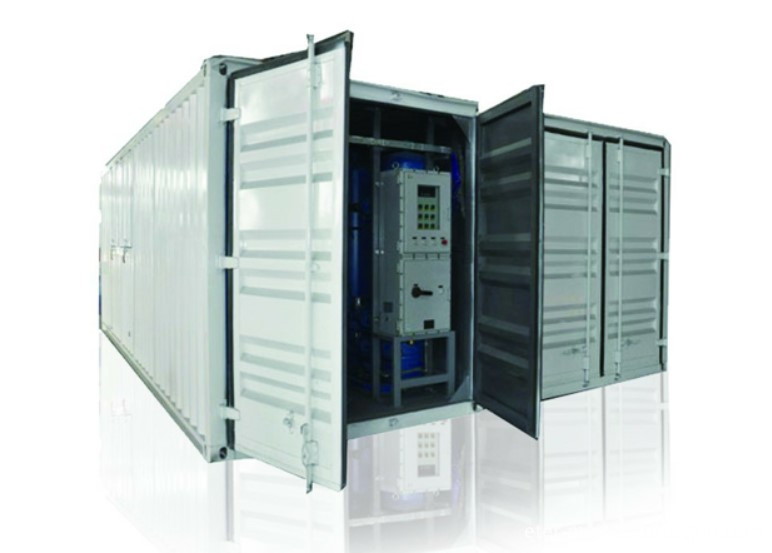Release date: 2010-10-21
According to the British "New Scientist" website reported on October 18 (Beijing time), American scientists have developed a sensor that can receive optical signals such as nerve impulses, which can further improve the connection between the human nervous system and the prosthetic limbs. The dream of directly controlling prosthetics has taken a big step towards reality. In the future, with this sensor, the brain can directly control the movement of the prosthetic, and the implanted can also feel the pressure and heat through the prosthetic.
At present, the neural interfaces in the prosthetic are electronic, and the metal parts may be rejected by the body. Mark Christensen and colleagues at Southern Methodist University are developing optical sensors that capture nerve signals. The materials they use—fibers and polymers—are not only less likely to induce an immune response than metals, but they are also not corroded.
The sensor is built on a spherical shell of polymer that is coupled together with the same bundle of fibers that will send a beam of light through the interior of the bulb. The way in which light travels within these spheres is called the “Echo Wall Patternâ€, inspired by the whispering walls of St. Paul's Cathedral in London, England. In St. Paul's Cathedral, the sound can continue to spread through the constant reflection of the concave walls, so it spreads farther.
The design concept of the sensor is that the electric field connected to the nerve pulse affects the shape of the polymer spherical shell, and the resonance of the light inside the spherical shell changes accordingly. Therefore, the nervous system becomes a part of the photonic circuit. In theory, the resonance change of light can send instructions to the bionic hand, such as telling the bionic hand, the brain wants to move a finger. By placing a reflector on top of the fiber, it directs a beam of infrared radiation and stimulates the nervous system, and its nerve signals can be taken in other directions.
The researchers say the sensor is still in the prototype stage and is too large to be installed in the human body, but as the size shrinks, the sensor will work in the body. The research project received $5.6 million in funding from the US Department of Defense Advanced Research Projects Agency (DARPA). The researchers plan to test the engineering samples on cats or dogs within 2 years. Prior to this, researchers needed to reduce the size of this sensor from a few hundred microns to 50 microns.
Before the sensor engineering sample is used, the researchers also need to specifically map the neural connections. For example, the patient is asked to try to lift his broken arm to connect the relevant nerve to the prosthetic.
Christensen said that one day, these sensors and fibers can form a neural circuit from the brain to the legs like a "jumper", bypassing the damaged body tissue and eventually rejuvenating the injured spinal cord. And perception.
However, some experts believe that although the materials used in such sensors are highly biocompatible, it is still doubtful whether they can completely avoid human rejection.
Source: Technology Daily
Containerized Oxygen Cylinder Filling System
ETR can combine all parts of the Oxygen Cylinder Filling System into a customized container, including air compressor, refrigerate air dryer, filters, buffer tanks, Oxygen Generator and oxygen booster and cylinder filling station.
Compressed air is purified through the air dryer and filters to a certain level for main plant to work with. Air buffer is incorporated for smooth supply of compressed air thus to reduce fluctuation of compressed air source. The plant produces oxygen with PSA (pressure swing adsorption) technology, which is a time proven oxygen generation method. Oxygen of desired purity at 93%±3% is delivered to oxygen buffer tank for smooth supply of product gas. Oxygen in buffer tank is maintained at 4bar pressure. With an oxygen booster, the oxygen pressure can reached to 15Mpa and fill in cylinders.

Containerized Oxygen Cylinder Filling System
Containerized Oxygen Cylinder Filling System,Oxygen Plant,Oxygen Bottle Filling,Containerized Oxygen Filling System
Hunan Eter Electronic Medical Project Stock Co., Ltd. , https://www.centralgas.be